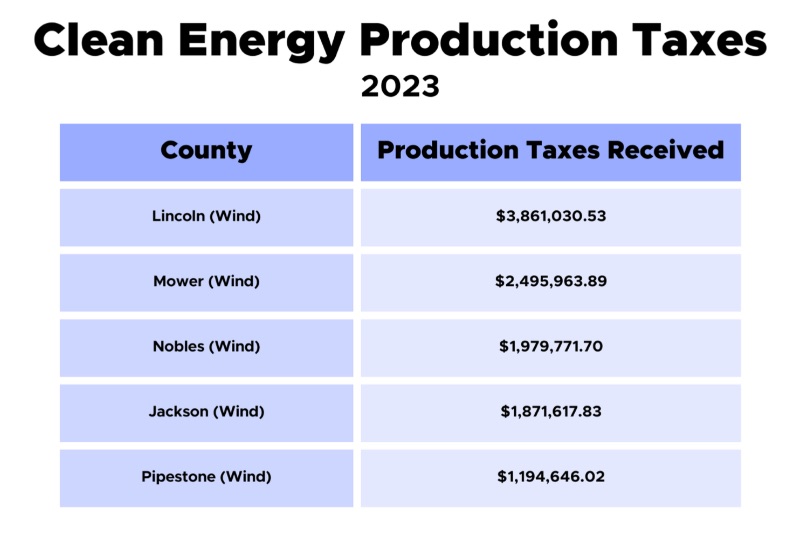Minnesota Welcomes the American Clean Power Association
This week, Minnesota is hosting the nation’s premier clean energy conference, CLEANPOWER. Having this event in Minnesota shines a bright light on the fact that the Upper Midwest is home to some of the best clean energy resources in the nation.
“CLEANPOWER will bring together renewable energy experts from across the country, and Minneapolis is a wise choice to host this illustrious crowd,” says Beth Soholt, Executive Director of Clean Grid Alliance. “There is figurative power to our natural resources – like the ‘Mighty Mississippi’ and the winds of the Buffalo Ridge – and literal power: Minnesota ranks 10th in the nation for clean energy production. CLEANPOWER attendees will hear how Minnesota is leading the way on implementing clean energy for all, and the reforms that are needed to meet the 2040 law.”
According to the American Clean Power Association (ACP), Minnesota has 6,132 Megawatts (MW) of wind, solar, battery storage capacity, enough to power 2 million homes with home-grown clean energy. In addition, those projects have invested $13 billion in capital into the state, and paid over $37 million in state, local and property taxes annually. The biggest beneficiaries are landowners, who receive more than $40 million in land lease payments.
However, transmission bottlenecks and cumbersome and lengthy permitting processes are hampering Minnesota's ability to deliver the clean energy future the state pledged to achieve when it passed the 2023 law committing to 100% Clean Energy by 2040.
To further bolster Minnesota’s national standing in renewable energy, CGA urges the legislature to increase the state’s transmission infrastructure and pass the Minnesota Energy Infrastructure Permitting Act. This legislation will save money and reduce permitting wait times for wind and solar projects.
“Minnesota’s lack of adequate transmission infrastructure has led to significant congestion on the power grid. This hampers development of new clean energy projects that create jobs and generate tax revenue for communities that host them. New high-voltage transmission lines average seven to 10 years before they become energized. This cumbersome and lengthy permitting process is impeding our ability to deliver the 100% clean energy future that Minnesota pledged to achieve,” says Peder Mewis, Regional Policy Director for Clean Grid Alliance.

Greater Minnesota Benefits from Wind and Solar
According to the Minnesota Department of Revenue, 56 Minnesota counties (64%) received clean energy production tax payments amounting to more than $18.7 million for 2023. Five Greater Minnesota Counties, Lincoln, Mower, Nobles, Jackson, and Pipestone rank among the top five counties in the state for this revenue stream.
Clean Grid Alliance | https://cleangridalliance.org/







